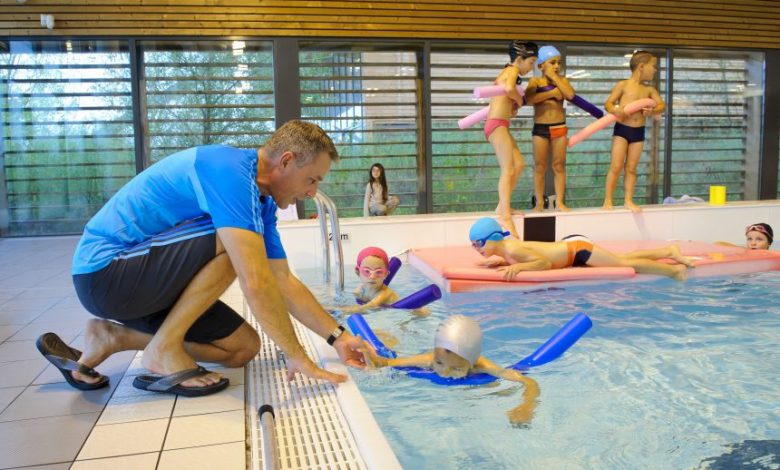Become a Lifeguard

The Lifeguard Training works in first aid stations on beaches lakes campsite swimming pools. His mission is to supervise swimming. Under no circumstances may he teach swimming for a fee.
Who can become a lifeguard?
This training is open to girls or boys, aged 16 to 77 (minimum 17 years old or emancipated on the day of the BNSSA exam and major on the day of your first job), with a minimum of physical condition.
Rescue at sea requires the regular practice of a sporting activity (swimming, jogging, etc.).
Lifeguard swimmers generally come from a swimming background in Lifeguard Training, an “aquatic” background (sailing, surfing, etc.), a first aid background, etc.
The coastal rescuer must present a normal aptitude for the effort, a hearing acuity allowing him to hear a normal way at five meters, as well as a visual acuity in conformity with the requirements of the circular n° 82-88 of June 11, 1982 .
The diplomas of the lifeguard swimmer?
The BNSSA is the compulsory diploma to supervise a beach, but other diplomas and training are often requested by the employer.
First aid diplomas (only the PSE1 is compulsory for obtaining the BNSSA)
P.S.C.1.,
PSE1. or PSE2.
Lifesaving diplomas
The surveillance and water rescue course on the coast (SSA),
Specialized courses (dangerous coast course, coastal navigation, marine jet…)
Boat permits
coastal permit,
offshore license.
The coastal sea boat license allows you to sail up to 6 nautical miles from a shelter without power limitation. The coastal sea boat license also allows you to sail in a jet or water scooter.
Marine radio certificate
Restricted Radiotelephony Certificate ( CRR )
The CRR allows the use of a marine VHF which is used to communicate between the various responders during a rescue operation at sea.
Where to graduate?
There are many training structures at the BNSSA . You must inquire with the DDCS departmental directorate of social cohesion in your department. They will give you the coordinates of the approved associations.
Where to work?
The lifeguard swimmer works in first aid stations on beaches, lakes, private or public swimming pools. (with derogation for places with paid access)
It is the mayor of the town who employs lifeguards to monitor a beach. It generally goes through organizations such as the SNSM , the fire brigade and the CRS.
To become a lifeguard,
You must first determine whether you want to be a civilian lifeguard, like a lifeguard, or part of an emergency team with a military unit. If you want to be a civilian rescue swimmer, you should receive any emergency medical certification, such as cardiopulmonary resuscitation (CPR) training, that is required in your area. To become a lifeguard for emergency rescue operations, usually through a government agency or military organization, you must join the appropriate organization in your area and qualify for a position as a lifeguard. .
Before you start training to become a lifeguard,
You usually need to decide what type of lifeguard you want to become. If you want to work as a civilian lifeguard, like a lifeguard, then you should research pools, lakes, and beaches in your area that need lifeguards. You can then determine the qualifications needed in your area to work as a lifeguard, which may vary somewhat by region. In general, however, you usually need CPR and first aid training to become a lifeguard, which you can get from the Red Cross or a similar organization.
To become a lifeguard with an emergency rescue unit,
Such as the US Coast Guard or similar military organization, you must join that group and qualify for lifeguard training. This means that you must be in sufficient physical and mental condition to join the military in the first place. Military acceptance requirements may vary from country to country, so you should consult local recruiters for specific information regarding these requirements. You should also contact different military branches to determine which organization in your country offers positions for you to become a lifeguard.
Once you have joined the appropriate military or lifesaving organization in your country, you can begin your training to become a lifeguard. In the United States, for example, you should consider joining the US Navy and try to qualify to start training in the rescue swim program. It may be easier if you have lifesaving training, including professional work and CPR and first aid training to demonstrate your abilities as a swimmer. Once you are accepted into the lifeguard training program, you must complete the full program to become a lifeguard, which can be both physically and mentally exhausting.






